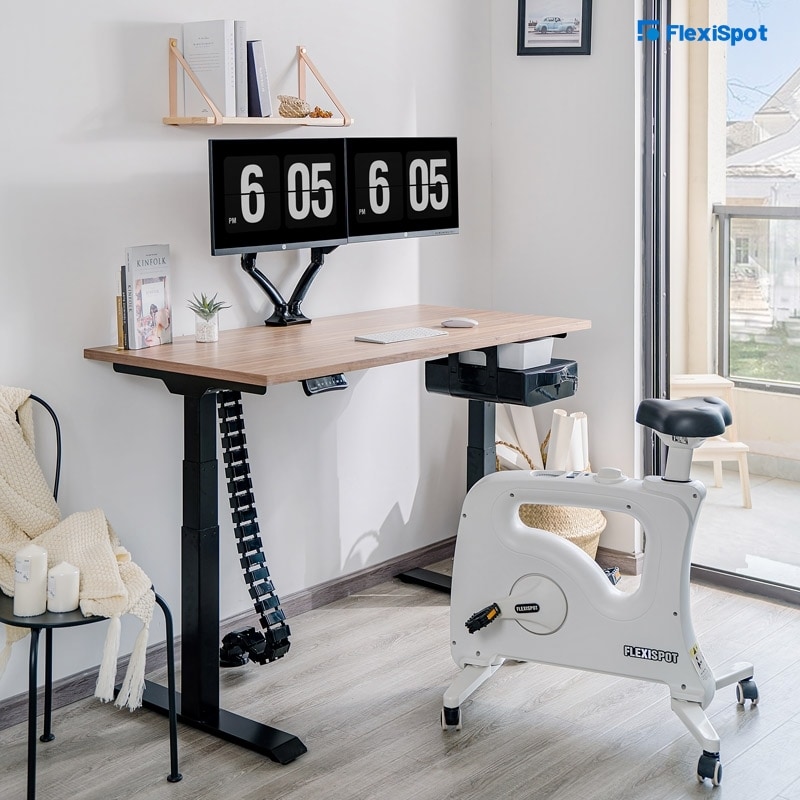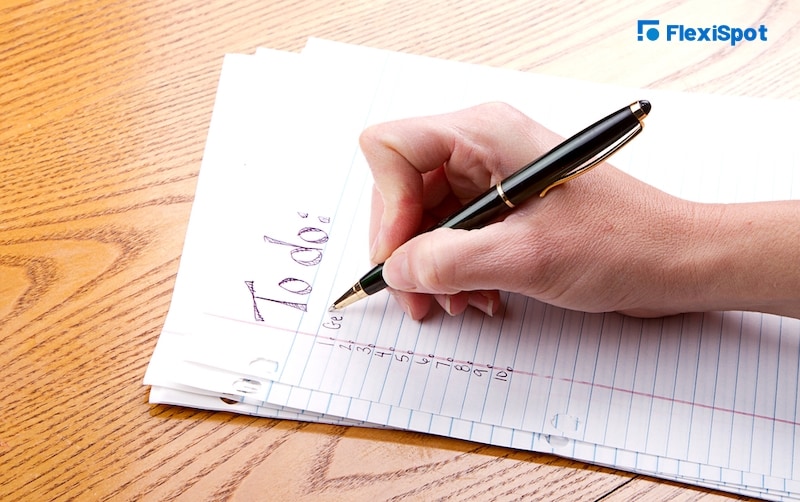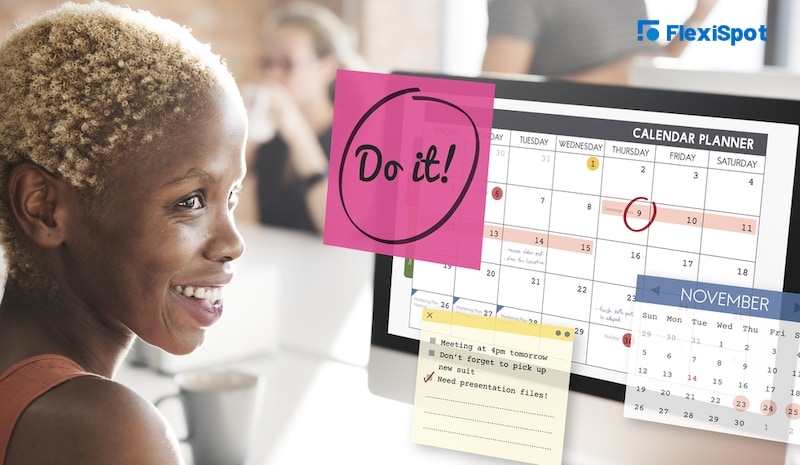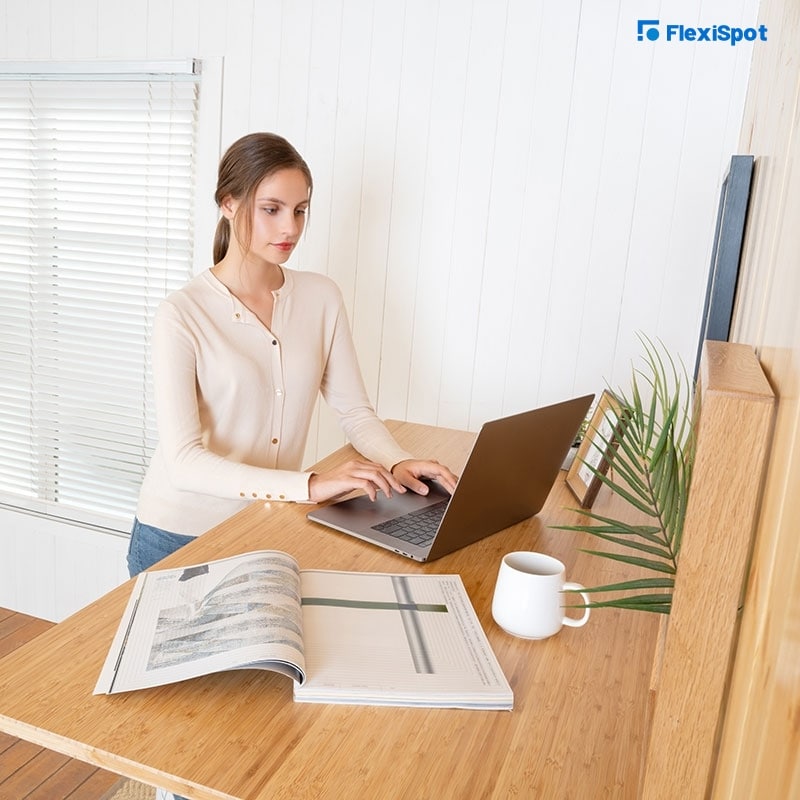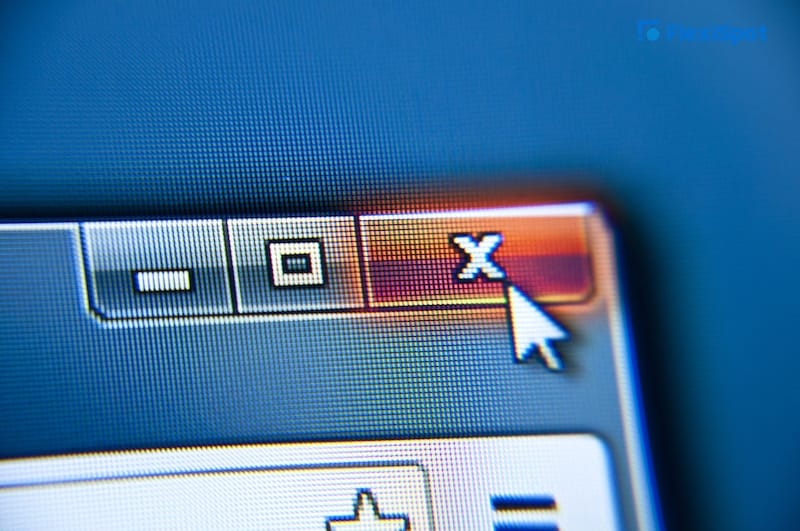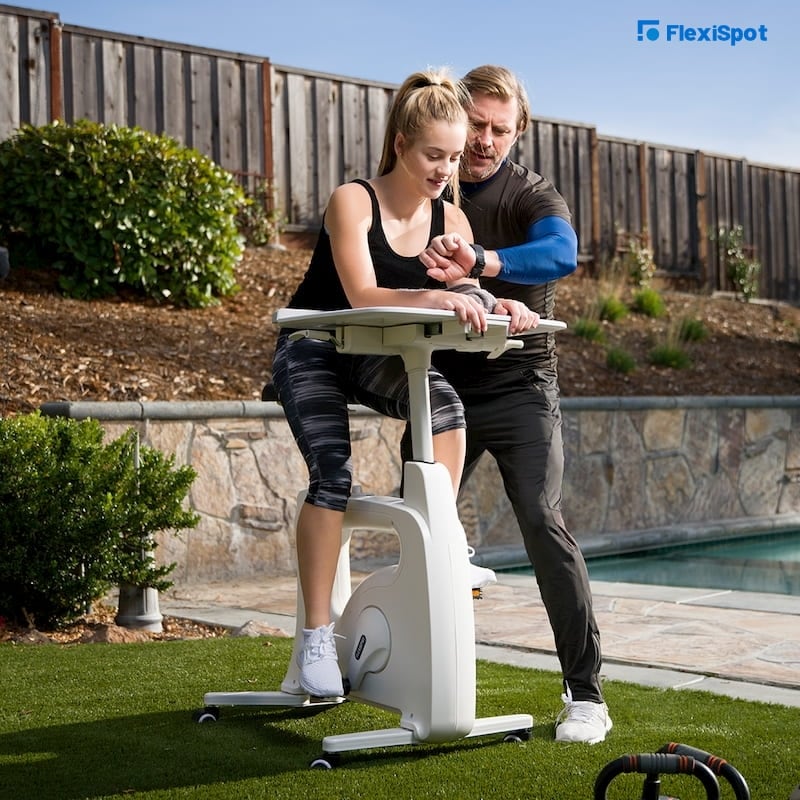You landed on this article because you’ve been working from home since the COVID-19 pandemic started. Or you might have been working from home for a while and you just can’t find the answer to this problem: how to quit work when you work from home?
When you work from home, adaptability and informality are alive. You can set up your workspace wherever you like and work all day in your pajamas if you don’t have any scheduled meetings. There is, however, a big problem that employees who work from home encounter. They find it hard to disconnect from work when it’s already done. They want to be able to turn off from work, both mentally and physically, and it’s difficult to do so.
Many see this as a problem and are struggling to get out of this predicament. This society is tagged as “always-on” which makes it stressful even more for remote worker who takes residence in their workplace. When you can’t switch off of work at the end of the day, you would eventually feel the dreaded burnout, sucking productivity and harming your physical and mental states.
Below are some tips on how to go about the situation and be able to end work when it’s needed.
Secure an area at your house as your dedicated workspace.
Being able to close that door or “leave” work at the end of the day helps to give that feeling of “work is done” for the day. You will make the most out of your work-from-home experience if you deal with building the right work environment first. It starts with dedicating an area at your home as your workspace. You don’t need to do a major renovation or spend a lot to have your very own office at home. When you have a dedicated workspace, you’ll be able to maintain that balance between work and your family life, especially if you have children or loved ones around during work hours.
Below are some ideas:
1. Pick a room that could be your dedicated workspace at home. If there’s no extra room that can serve your office, you could always go with the next best location that will give you privacy. It could be in the kitchen or the corner of your bedroom or space under your staircase.
2. Internet connections are very important when working remotely so make sure to have your Wi-Fi in check. If necessary, invest in a Wi-Fi extender.
3. Fill your workspace with office essentials like your laptop, pens, printers, etc.
It will help you a lot if you have a working desk, whether it be second-hand, existing in your house, or brand new. You may use your dining table, the patio, the kitchen table, a corner in your bedroom, or a desk in your multi-purpose room that is shared by the whole household. But if you are willing to make an investment, a worthy one we reckon, purchasing a standing desk is a brilliant idea for your home office or workstation to be upgraded.
A standing desk also referred to as a stand-up desk, is basically a desk that gives you the option to work while standing up with comfort. There are various new models that are adjustable, letting you shift the height of the desk and go from a sitting to a standing position and vice versa.
FlexiSpot offers various standing desks that will definitely suit your choice of style and needs! Their decks come in many different colors and finishes, are safe to use around children, and are easy to use for everyday work.
Pro Standing Desk (E3/E5): Has enhanced stability & lifting speed and greater lifting capacity up to 220lbs
Comhar All-in-One Standing Desk Glass Top: Features 1 Type C & 2 Type-A USB charging ports and offers a spacious Storage Drawer
Seiffen Laminated 4-Spliced Standing Desk: Elegantly designed and follows the body's contours
Kana Bamboo Standing Desk: Solid, durable, eco-friendly bamboo desktop
We know that by the end of the day, you might already be groggy and tired but make it a habit to clean up your desk before logging off work. It will help you mark the end of the day, and when the next day starts, you have to set up your workspace again.
Make a to-do list
When you have a to-do list, you don’t need to think about what you still need to do or what you need to do for the day. You’ll be much more organized and can enjoy your free time after when your mind is at peace from all the things you have to finish for the day. Towards the end of the day, tick off the things you have already done and check what you still need to do. This will be your reference for your to-do list tomorrow which you may write right about now.
Follow a schedule
These are for employees with jobs that have flexible hours. If your job is output-based, we know that it’s not unusual to see you working at different times of the day, cascading through evenings and even weekends.
This is not healthy so if you’ve been working this way for quite some time now, try your best to get out of this predicament by determining your working hours. Once you have set a schedule, you should stick and commit to it. The schedule does not have to be rigid, and you might even create a plan that aligns with the 4 hours of productivity concept.
Resist the temptation to sleep in your bedroom or sofa. At the start of your workday, it will help if you prepare for it like how you would if you will commute to the office for 30 minutes or more. Make sure to take mandatory breaks and lunches—this is not negotiable. Do not eat on your desk and walk around when it’s your break time. Take a stroll when you have a break. Schedule time off as well.
Say no to distractions as much as you can.
Of course, you have designed your home to be a place of comfort where you could enjoy, relax and take a breather.
But also because of these homey details, you got overwhelmed when you suddenly had to take the office to your home. It will be quite a challenge to focus when your roommates aka friends or family members are within your eyesight and earshot during work hours. There are things that you could do, namely:
1. Set a timer for every hour. Work straight for 50 minutes without interrupts. For the last 10 minutes of the hour, take a quick break or grab a bite.
2. Be mindful of the distractions in the workday. If there are personal calls, you should take them after breaks. Do not check social media. Do not go to the Internet to watch TV shows or movies.
3. Let the whole household know your schedule. This will give them an idea of when you are working when you are free, and when you absolutely cannot be disturbed.
Remind them gently of your work schedule when they disrupt it.
Other practices
Quit checking work emails
During downtime, you should not be checking professional emails because it will just make it difficult to relax and fully unwind. Let your employer and/or clients know you will be unavailable outside of working hours. Do not feel any inch of guilt because it is neither selfish nor unprofessional. It's a must. You could only delineate work time and your free time by setting appropriate boundaries.
Close tabs towards the end of the day
Close each and every open browser tab. It’s much more important to close them if you use your home laptop or PC for work. You will easily get drawn to do some work if you leave them open. Just catching a glimpse of something work-related might lead you to work when it’s time to relax and be away from it.
If you are wary about losing the open tabs, save them as bookmarks, or make use of browser plugins that keep open tabs as a list of links for quick reference. Close your email software and turn off notifications when it’s not working hours.
Socialize
Some people think they don’t have the energy to socialize anymore after work. But there are days when you have to force yourself to show up for friends and family so that you can detach from work and replenish your energy. Making time for your friends will reap a lot of benefits in the future. You are not required to make dinner plans every day, but having at least two or three social engagements a week will help you have a better quality of life.
Spend time with nature
Enjoy the freedom of nature to destress and disconnect from your job. You could spend even just 20 minutes a day in nature and you would already feel reduced stress hormone levels. Why not walk your dog in a nearby park, bike for a short distance, or do some jumping jacks outside in the sun?
Get active
Do not underestimate the power of exercise to relieve you from stress and help you take your mind off of work after work. You will feel physical separation from your job when you go to the gym or attend a fitness class after office hours. An active lifestyle will help eliminate daily stresses and pressures, or at least, be able to manage them. Getting out of the house and participating in some exercise at the end of a long day will help you unwind and relieve stress. Experiment with different activities to see what will work wonders for you.
Conclusion
It’s easy to shut down your work laptop, and much more difficult to switch off your work brain. But it is essential to recharge your mental batteries at the end of a workday so you could start work the next day with a refreshed mind. You would be happier, healthier, and more efficient if you will successfully establish boundaries between work and home.
